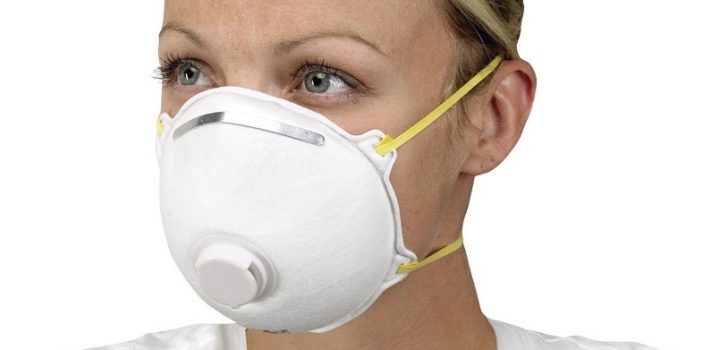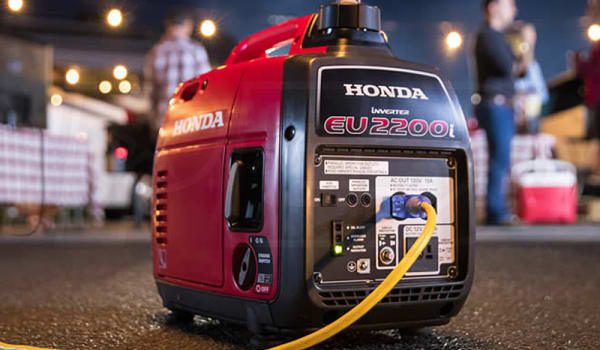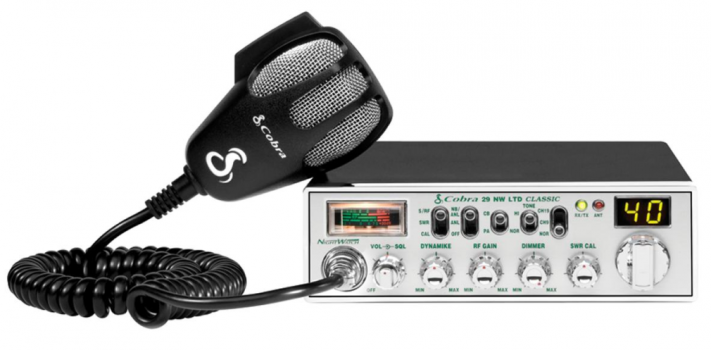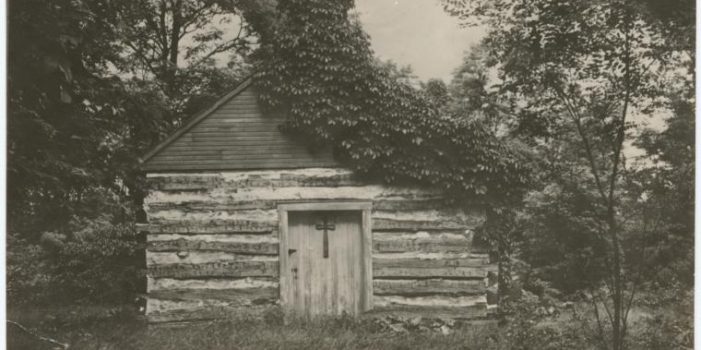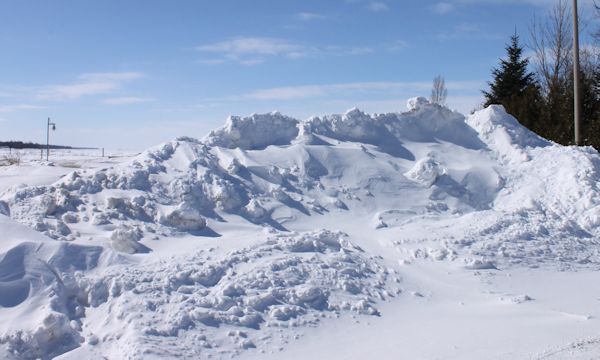When Do We Change Masks? – Part 1, by ShepherdFarmerGeek
Editor’s Introductory Note: This is Part 1 of a three-part series. It was written by one of the most prolific contributors to SurvivalBlog. We’ve posted more than 50 of his articles and letter over the past 15 years. — You have your N-95 filter masks. Now how to you get the maximum use out of them? They’re “disposable.” But can you safely re-use them? Does anybody have “enough” masks? Fluorescent powder distribution. https://bmcinfectdis.biomedcentral.com/articles/10.1186/s12879-019-4109-x DUST? So, when DO we change masks? Well… The tiny virus-containing droplets take a LONG time to actually plug up a filter mask (unlike dust or smoke). …

